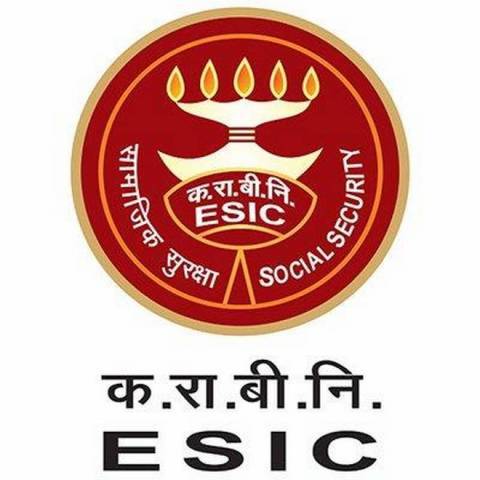
The government has recently announced a cut in contributions made by employers and employees for social security and health insurance scheme Employees' State Insurance Corporation (ESIC) to 4 per cent from 6.5 per cent. Interestingly, the move would lead to an estimated annual savings of approximately Rs. 5,000 crore for firms.
These reduced rates will be in effect from July 1, 2019, the Ministry of Labour stated in a release. It would benefit 3.6 crore employees and 12.85 lakh employers.
"The government has taken a historic decision to reduce the rate of contribution under the Employees' State Insurance Act from 6.5 per cent to 4 per cent (with employers' contribution reduced to 3.25 per cent from 4.75 per cent, and employees' reduced to 0.75 per cent from 1.75 per cent)," said the ministry.
Though, 12.85 lakh employers and 3.6 crore employees contributed Rs. 22,279 crore towards the Employees' State Insurance (ESI) scheme in 2018-19. However, calculations suggest that reduction in the contribution rate for employers would results in annual savings of over Rs. 5,000 crore to these firms.
The ministry mentioned that the reduced rate of contribution will bring about a substantial relief to workers and facilitate further enrolment of workers under the Employees' State Insurance (ESIC) scheme and bring more and more workforce into the formal sector.
Likewise, reduction in the share of contribution of employers will also reduce the financial liability of the establishments leading to improved viability of these establishments. It will lead to enhanced Ease of Doing Business.
It is also likely that reduction in rate of ESI contribution shall lead to improved compliance of law. The Employees' State Insurance Act 1948 (the ESI Act) provides for medical, cash, maternity, disability and dependent benefits to the insured persons under the Act.
The ESI Act is administered by ESIC and the benefits provided under the ESI Act are funded by the contributions made by the employers and the employees. Under this act, employers and employees both contribute their shares respectively.
















